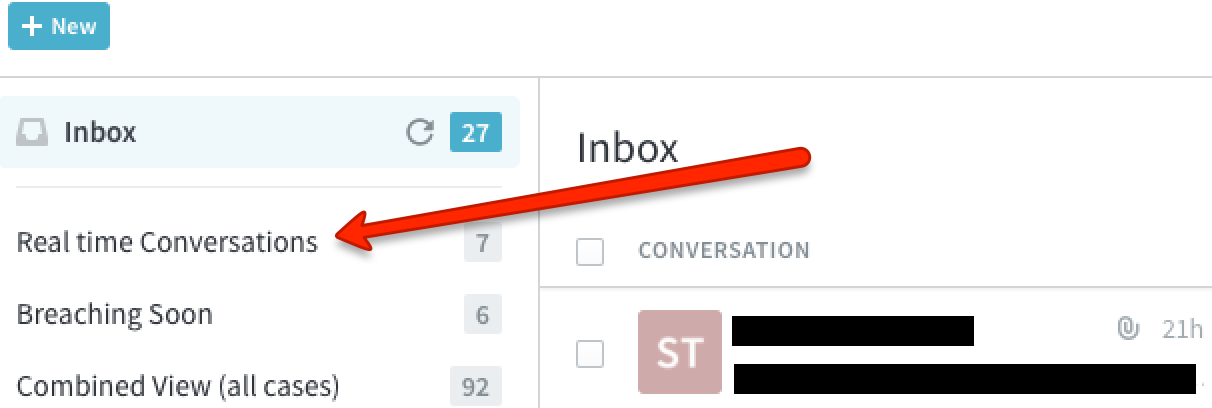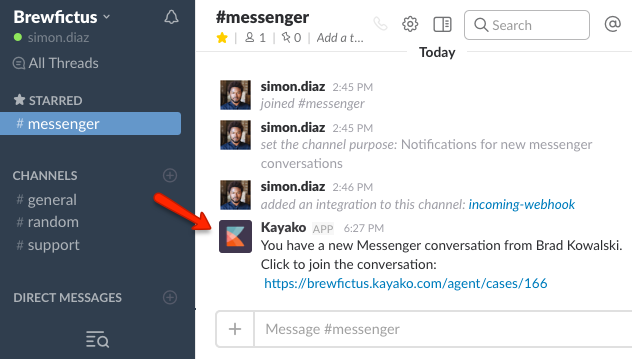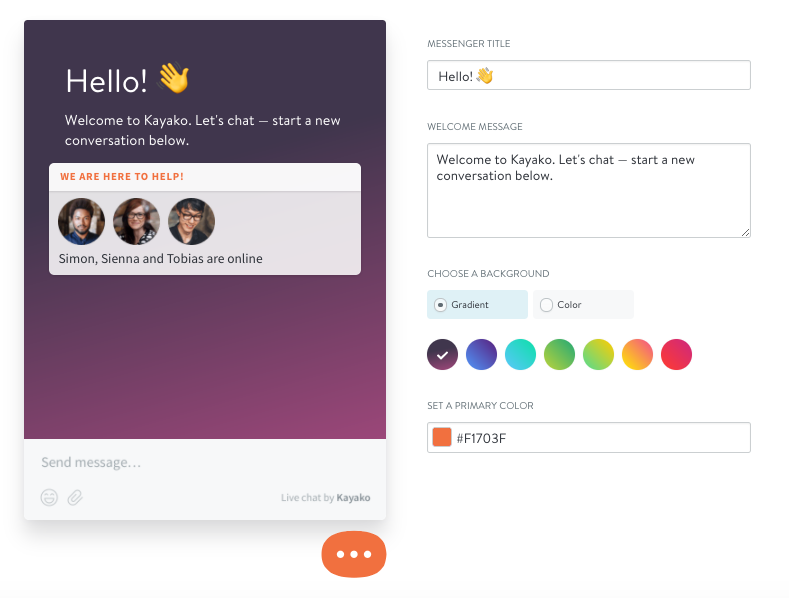You’re browsing online searching for the perfect item at the perfect price. You find it quicker than you thought, but there’s an item that seems exactly the same, only $15 cheaper.
You scan through the item descriptions, comparing, contrasting. You can’t see a difference. Is this a repeat listing? Is it a mistake? You can’t tell.
You need to find out. This is a gift and you need to buy it today. So you fire up the site’s live chat and type “Hi support!” You sit there staring at a blank form waiting for a reply.
No response.
Your solitary “Hi support!” is the only thing keeping you company. It’s been over 5 minutes, you begin to feel irritable.
Maybe you’ll have better luck tweeting? You check when the business last responded on Twitter. It was an hour ago. You go back to the chat window one last time. Still nothing.
What do you do next? Email, tweet, call, browse the endless FAQs and help center? Or do you begin searching for the same item on a different website?
This kind of live chat experience is happening to customers everyday.
Do businesses care about live chat response times?
Live chat response times matter a great deal to businesses. When a customer starts a chat, customer satisfaction is on a ticking clock.
The difference between satisfaction and frustration is the time taken to be connected to the agent.
And we’ve all been in a frustrating live chat experience haven’t we?
Our live chat statistics report found:
- Frustration causes 83% of consumers to give up on a live chat session.
- Frustration is common as 56% of consumers couldn’t recall a positive live chat experience that they’d had. Ever.
- This explains why, when starting a live chat, 44% of consumers are less than 50% confident they will get the support they need in a reasonable amount of time.
So we’re left with two questions:
- Why do our customers demand a quick first response?
- How can we meet the demands of our customers?
Why does the modern customer expect a timely live chat first response?
A recent study by Twilio and market research firm Vanson Bourne analyzed how consumers from seven different countries want to use tech to talk to businesses and brands in 2016.
While consumers overall prefer messaging, businesses haven’t quite caught up to this new world yet.

Customers demand a rapid live chat first response time because they expect modern businesses solutions to mirror the messaging apps they use everyday.
Consumers want live chat applications to work like Whatsapp, Facebook Messenger, and iMessage.
It’s no wonder typical customer frustrations with live chat include:
- Support not being online despite live chat displaying as available
- Being disconnected during a live chat
- Effort required to start a live chat, particularly where there are pre-chat forms
The more closely a business can merge the customer’s expectations of a messaging app in a live chat customer experience, the higher the chance of meeting demands and providing satisfaction.
How to meet a demanding live chat first response time
The first stage in meeting a demanding first response time from customers is to ensure all of your live chats come into the same support inbox. Some support teams use standalone live chat apps that integrate with their help desks. But there are complexities (and limitations) with integrating tools that can make it difficult to keep tabs on those demanding customers.
1. Sync all your customer conversations into the same inbox
Having all your conversations going into one shared support inbox will help you keep tabs on customers that are coming in via live chat. It is a lot more difficult for support teams to manage multiple conversations over email, phone, and live chat when conversations are going into different places.
2. Meet customer demands by setting up notifications of new conversations
Some support teams are lucky to have a designated live chat team. But when you’re small it’s hard to keep an eye on conversations. You need to keep track of new conversations coming in with customers wanting real-time help.
Build a custom view for real time conversations. Creating a custom view for your recently updated Messenger conversations makes it easy for your team to jump on real-time conversations as they come in the door.

Send notifications about new messenger conversations to slack.
If your team already uses Slack, sending notifications to Slack about new real-time conversations is a great way to keep everyone updated. Kayako can send these notifications automatically, with the combination of a Slack endpoint and a trigger for new Messenger conversations. If you set up a new Slack channel, Kayako can start populating it with friendly reminders about new real-time conversations, as they come in.

3. Make your live chat app proactive from the start
By customizing how your live chat app appears to your customers you can deflect potentially easy-to-answer customer conversations:
- Display active agents or recently online. This will give a sense that somebody is out there to help the customer sooner rather than later. With most live chat tools you have no idea if a person will be on the other end.
- Display the three most recently published articles in a particular Help Center section. If you’re getting repetitive conversations over live chat, update your Help Center to display some of your most recent FAQs articles.
- Display up to three recent tweets from your Twitter account. If it’s a widespread problem, like downtime, this will give the customer some insight into the issue at large.
- Set expectations using a welcome message. Say you’re in sticky moment handling a lot of support requests, or you’re short staffed for that day, update your welcome message to let customers know you’re receiving a lot of support requests and it’s slowing you down.
Use the welcome message to let customers know your support hours so they’re not expecting a reply at 9pm if you don’t operate on 24 hour support. Setting their expectations early is vital to customer satisfaction.

Reduce your live chat first response time today
Companies who use live chat in the ways given above are guaranteed to reduce the first response time on their live chat conversations.
Browsing the internet and identifying industry standards or performance benchmarks to meet isn’t the answer.
The solution is to use a live chat app that mirrors what customers expect from a live chat conversation: quick, timely responses that feel personal and contextual. . Meeting your live chat first response time goals is easier than you think. All it takes is choosing the right software.
Do you want to create a live chat experience that meets customer demands and provides satisfaction? Sign up today for a free trial or personalized demo of Kayako.
[hs_action id=”9889″]